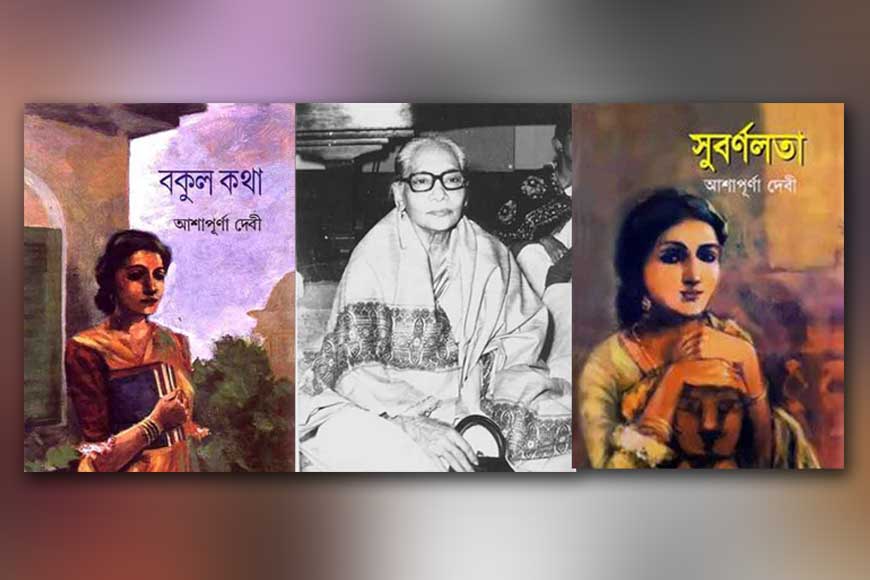Ashapurna Devi – Feminist or ‘kitchen writer?’

The intellectual hemisphere is an exclusively male domain where females are strictly prohibited, or so thought those who branded author Ashapurna Devi a ‘kitchen writer,’ who tried every possible way to downplay the importance of her writing. But someone of her stature never bothered to contest these trivial issues. Ashapurna Devi was a feministin the true sense of the term and an author much ahead of her times. Her physical existence encompassed her family and she fulfilled her duties diligently. Her intellectual world, however, took her to the open skies and the oceans and no borders could ever hinder her journey.
Most of her writings are marked by a spirited protest against inequality and injustice, stemming from the gender-based discrimination and narrow outlook, ingrained in the traditional society. Her stories lay threadbare the oppression that women had to face and made a fervent appeal for a new social order, though not subscribing to the modern theoretical feminism of the western world. Her magnum opus, the trilogy Pratham Pratishruti(1964), Subarnalata (1967) and Bakul Katha (1974), symbolizes an endless struggle for women to achieve equal rights.
Her grandmother belonged to an old order and staunchly believed that formal education was not a female’s domain. None of the girls of the house were allowed to go to school. Private tutors were employed only for boys. However, nothing could deter little Ashapurna’s enthusiasm for learning. She would sit next to her brothers and listen to them reading their texts and gradually learnt the alphabets and picked up reading. Her father Harendra Nath Gupta was a famous artist who worked as a designer for renowned furniture makers, C. Lazarus & Co. Her mother Sarala Sundari came from a very enlightened family and was a great book lover. She was a voracious reader and it was transmitted to her daughters, including Ashapurna Devi, at an early age. She was self-taught and had no formal education. She secretly sent a poem to SishuSathi magazine in 1922. She was only 13 when her poem ‘BairerDaak’ was published, with a request from editor Rajkumar Chakravorty to contribute more poems and stories. That was the beginning of a long and illustrious career of writing for Ashapurna.
Ashapurna was married to Kalidas Gupta in 1924 when she was only 15and left for her in-laws’ home. However, her literary pursuit continued. She wrote not about her personal world, rather it was an extension of the female world. She explored the women’s world. The women portrayed in her stories are not prisoners in harems but in the deeper recesses of their very being they exist in a corner, ignored and forgotten.She took up the pen for these nameless, faceless millions of women and in all her writings,she tried to wake them up from their stupor and inspired them to break the invisible shackles and liberate themselves. Sometimes, her protagonists do not come forward as they fight with their inner demons. Their war is not personal, rather they take up cudgels against the insensitive and cruel world of men.
Her famous trilogy, Pratham Pratishuti, followed by Swarnlata and Bakul Katha covers the life-stories of three generations of women, over the changing rural and urban milieu of Bengal in the 20th century. In this trilogy, Ashapurna Devi once more touches on the contradictory expectations from women in contemporary Bengali society. The author delves into this inner and complex psyche of women and explores how they work when unfettered by expectations of men and families.










